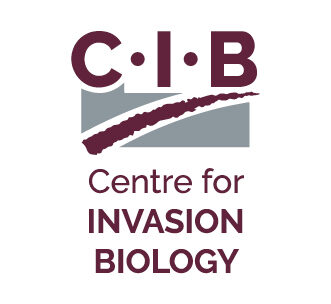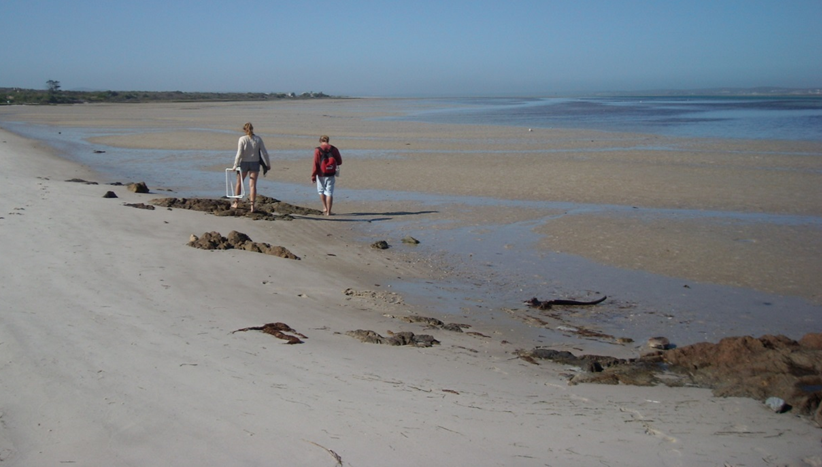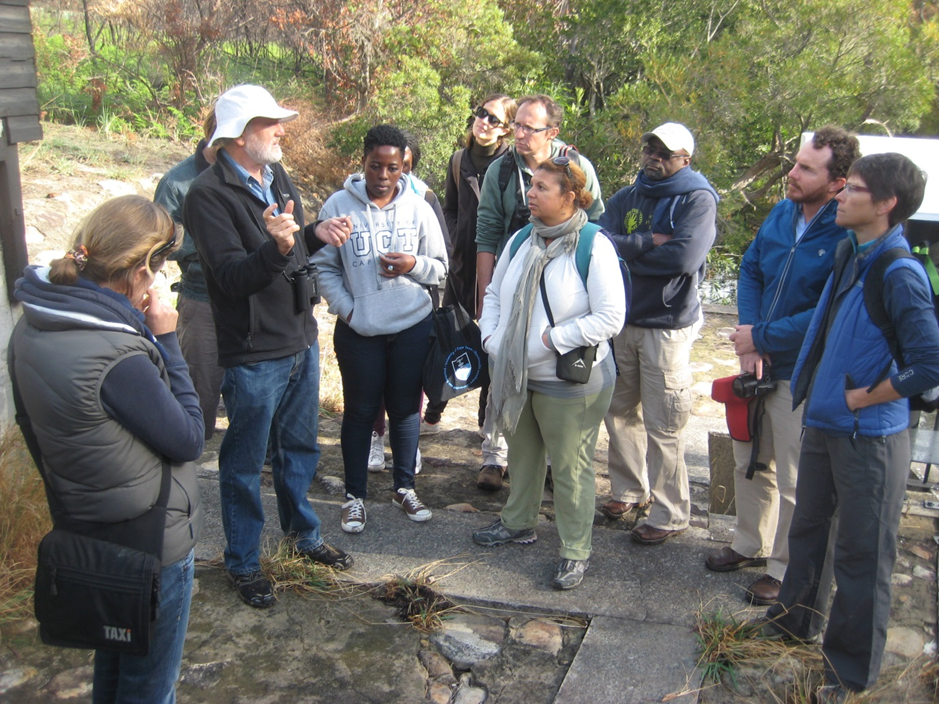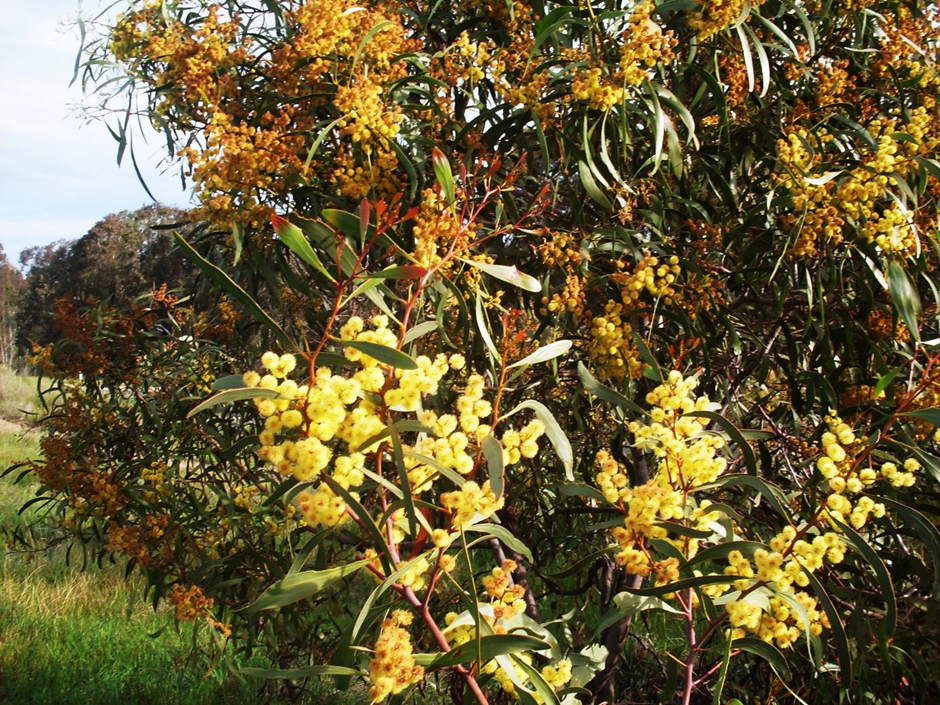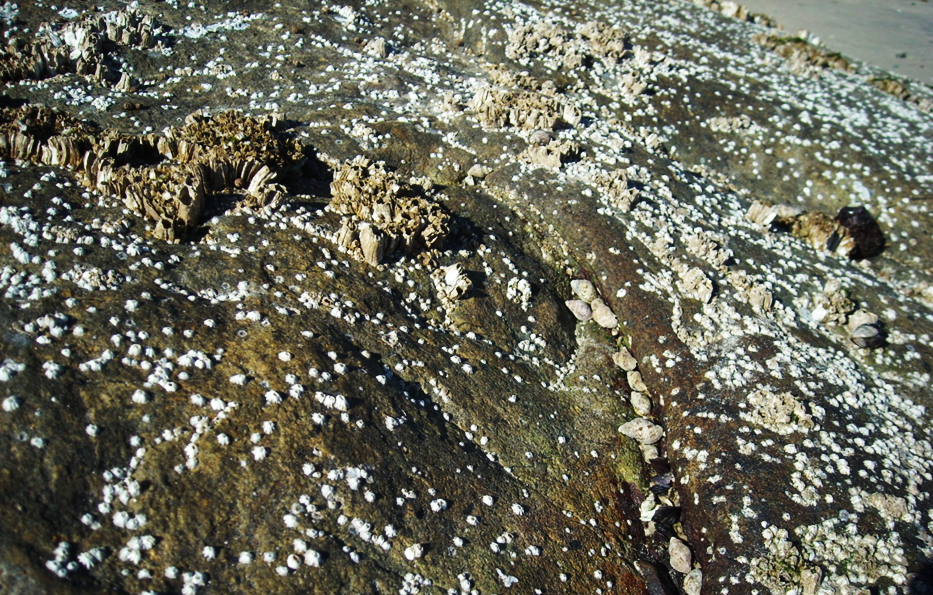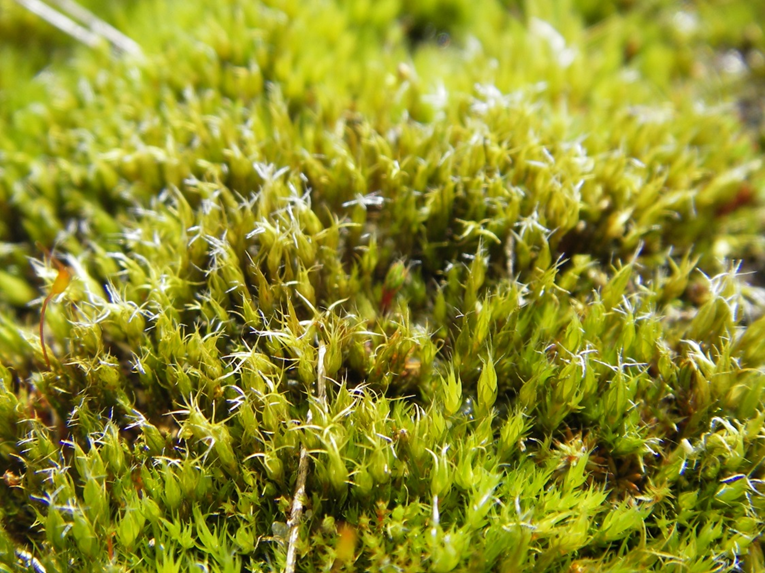An alien anemone in the West Coast National Park
The West Coast National Park (WCNP) is a unique marine protected area along the west coast of South Africa. Unfortunately the park faces many threats including pollution, urbanization, industrialization and invasion by marine alien species. One such an alien species is Sagartia ornata, a sea anemone native to the Mediterranean, Britain and Western Europe.
